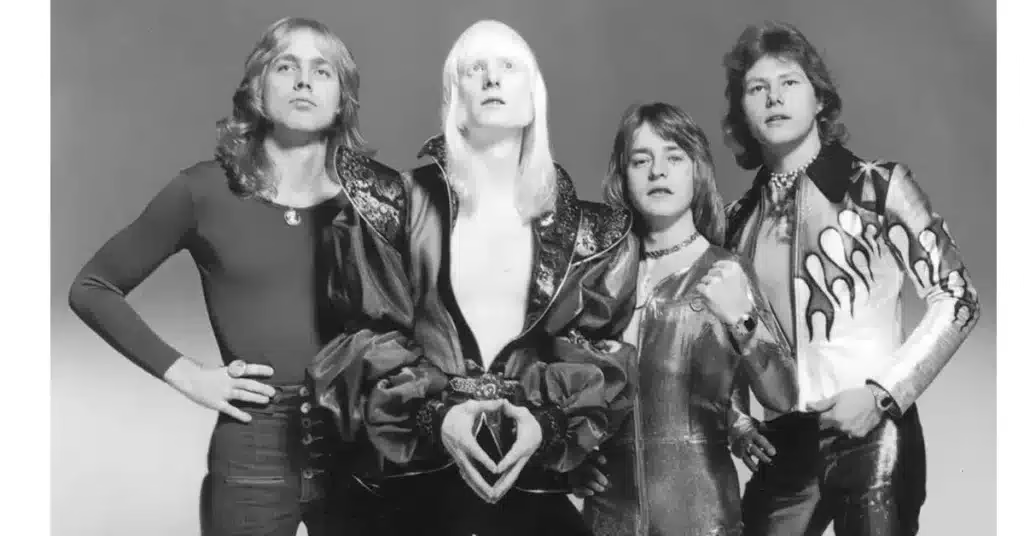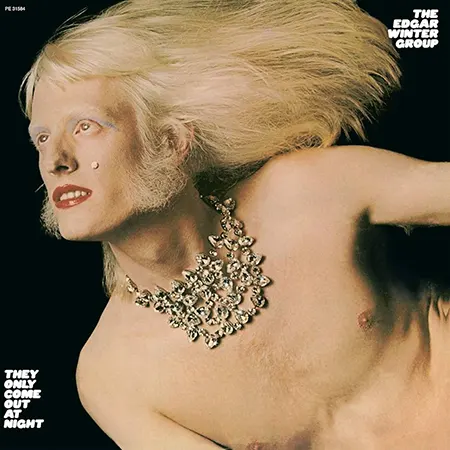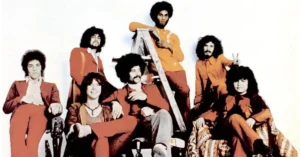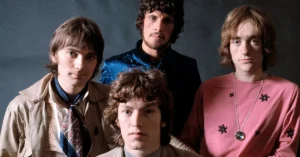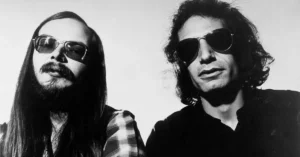The Edgar Winter Group: Fusion of Rock, Jazz, and Funk Brilliance
The Edgar Winter Group. Origins: A Texan Visionary Emerges
Edgar Winter, born in 1946 in Beaumont, Texas, is a multi-instrumentalist and composer known for pushing the boundaries of rock music. A musical prodigy, Edgar was raised in a musical family alongside his equally legendary brother Johnny Winter. While Johnny made his name in blues-rock, Edgar carved a distinctive path by blending rock, jazz, funk, soul, and progressive elements into a highly original sound.
In 1972, Edgar formed The Edgar Winter Group, a band that would go on to become one of the most adventurous and influential acts of the 1970s rock scene.
The Edgar Winter Group. Formation and Key Lineup
The Edgar Winter Group was formed out of Edgar’s desire to explore more mainstream rock with experimental edges, moving beyond the heavy blues foundation of his earlier band, White Trash.
The Edgar Winter Group. Classic Lineup (1972–1975):
- Edgar Winter – Vocals, keyboards, saxophone, synthesizer
- Ronnie Montrose – Guitar (later formed Montrose)
- Dan Hartman – Bass, vocals, songwriting
- Chuck Ruff – Drums
This lineup released the group’s most iconic work and laid the groundwork for their lasting legacy.
The Edgar Winter Group. Signature Sound and Innovations
The Edgar Winter Group is best known for their genre-defying sound: funk-infused rock with complex arrangements, cutting-edge synth work, and bluesy guitar licks. Edgar’s use of ARP synthesizers was especially pioneering—his keytar-like wearable synth performances predated many of the stage antics seen in 1980s synth pop and hard rock.
They were among the first bands to feature synthesizers as lead instruments in a hard rock context, blending progressive rock and funk with mainstream appeal. Edgar’s ability to seamlessly combine genres like jazz fusion, blues, and rock marked his music as ahead of its time.
The Edgar Winter Group. Breakthrough Success: “Frankenstein”
In 1973, The Edgar Winter Group released their most famous album, They Only Come Out at Night. The album featured the smash hit “Frankenstein,” a sprawling instrumental that fused rock, funk, jazz, and experimental synthesizer work into a seven-minute musical journey.
“Frankenstein” was a monumental success, reaching No. 1 on the Billboard Hot 100 and becoming a signature song for Winter. The song’s intricate arrangement, complex shifts in tempo, and use of synthesizers and heavy guitar riffs made it one of the standout tracks of the 1970s.
Discography Highlights
The Edgar Winter Group’s discography is relatively short, but each album they released carried a strong influence on both rock and electronic music. Key albums include:
| Year | Album | Notable Tracks |
|---|---|---|
| 1972 | They Only Come Out at Night | “Frankenstein”, “Free Ride” |
| 1973 | Edgar Winter’s White Trash | “Keep Playing That Rock and Roll” |
| 1975 | Shock Treatment | “Jump Street”, “Rock ‘n’ Roll Lady” |
| 1976 | The Edgar Winter Group with Rick Derringer | “Let’s Get It On” |
| 1977 | The Edgar Winter Group: Live | High-energy live performances |
| 1981 | Victory | Return to solo work after band dissolution |
Edgar Winter’s Legacy
Edgar Winter’s career continued after the dissolution of The Edgar Winter Group, but the impact of his early work with the band remains his defining legacy. While his success with “Frankenstein” and “Free Ride” solidified his place in rock history, Winter’s blend of fusion, rock, and funk was a major influence on the development of electronic music and progressive rock.
Winter’s contribution to keyboard-driven rock music is significant. He remains a groundbreaking figure for his use of synthesizers, notably in blending them with rock instrumentation in a way that had not been done before.
Interesting Facts
- Edgar Winter is known for his remarkable proficiency on multiple instruments, including piano, saxophone, synthesizers, and drums.
- The song “Frankenstein” was recorded in pieces, with different sections of the song being performed separately before being assembled into the final track.
- Winter often performed in elaborate light shows, embracing the visual aspects of live rock performance during the 1970s.
- He worked with Johnny Winter and Rick Derringer on several collaborative projects throughout his career.

